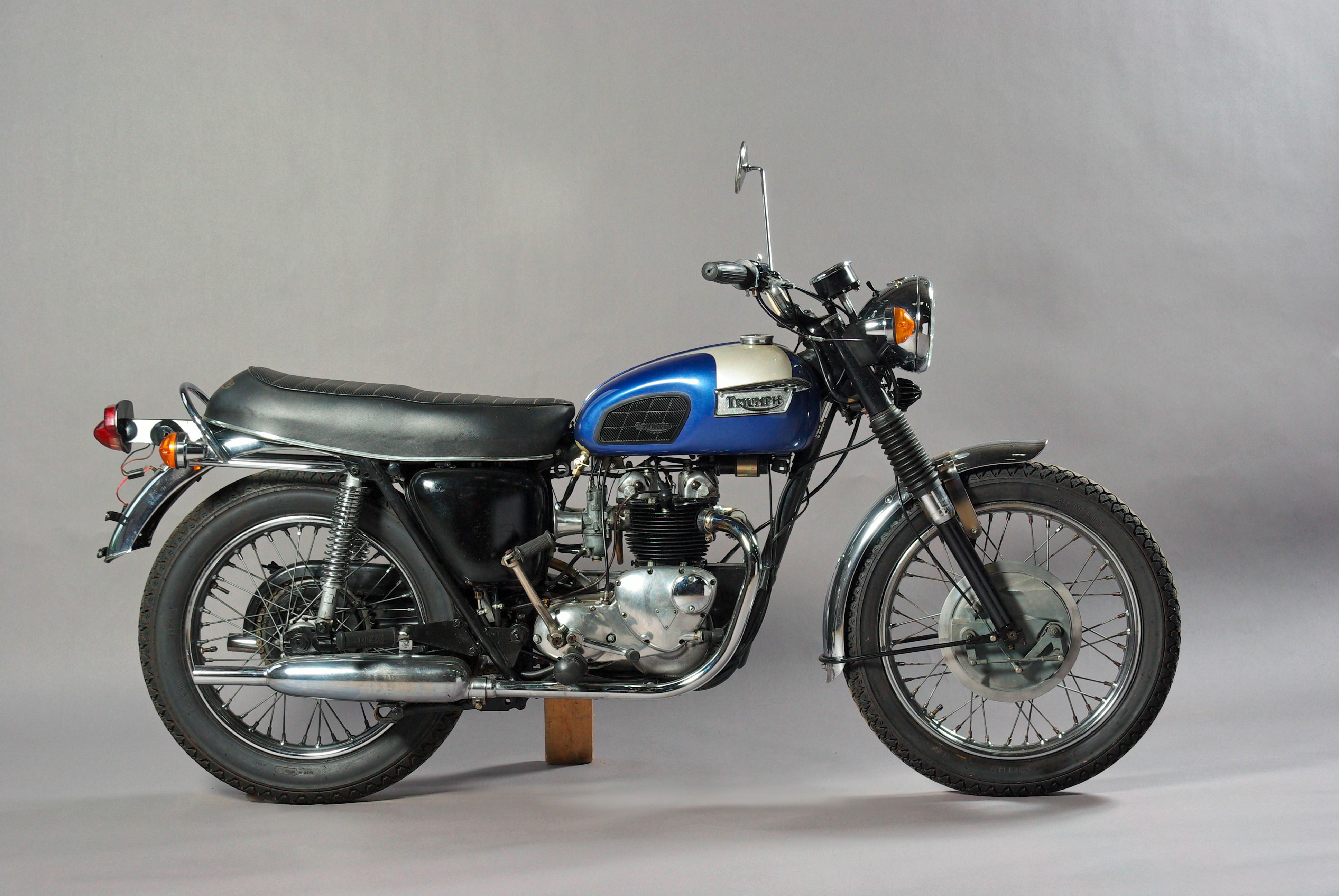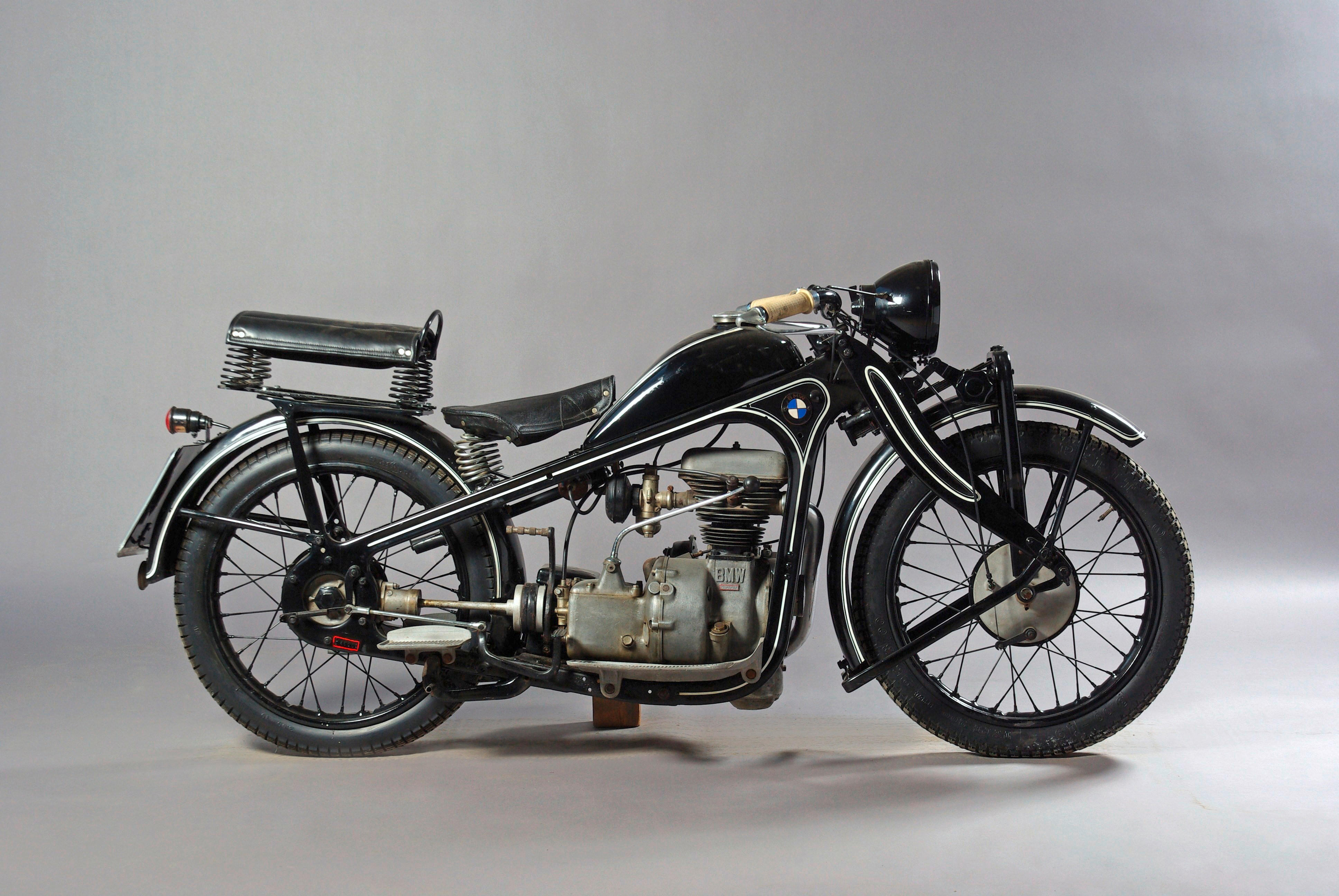During the initially difficult 1930s trading period the Neckarsulm firm concentrated on conventional singles, mostly 4-strokes, but following a successful moped of 63cc, known as the Motosulm, an increasingly prominent 2-stroke culture evolved. Unlike their domestic rivals NSU provided attractive model names for the majority of their machines; e.g. Max, Quickly, Pony etc. The company were never short of design expertise, and seemingly reacted swiftly to the requirements of contemporary markets. Correctly displaying almost a complete absence of chrome-plated parts the utility model Pony derived from the late '30s, continuing in both military and civilian versions beyond the outbreak of WWII. Acquired by the Museum as recently as 2007 Prof Ehn reports that the fully restored machine "runs as quietly as a sewing machine, is reliable, and technically perfect".
During the initially difficult 1930s trading period the Neckarsulm firm concentrated on conventional singles, mostly 4-strokes, but following a successful moped of 63cc, known as the Motosulm, an increasingly prominent 2-stroke culture evolved. Unlike their domestic rivals NSU provided attractive model names for the majority of their machines; e.g. Max, Quickly, Pony etc. The company were never short of design expertise, and seemingly reacted swiftly to the requirements of contemporary markets. Correctly displaying almost a complete absence of chrome-plated parts the utility model Pony derived from the late '30s, continuing in both military and civilian versions beyond the outbreak of WWII. Acquired by the Museum as recently as 2007 Prof Ehn reports that the fully restored machine "runs as quietly as a sewing machine, is reliable, and technically perfect".















Testen Sie LotSearch und seine Premium-Features 7 Tage - ohne Kosten!
Lassen Sie sich automatisch über neue Objekte in kommenden Auktionen benachrichtigen.
Suchauftrag anlegen